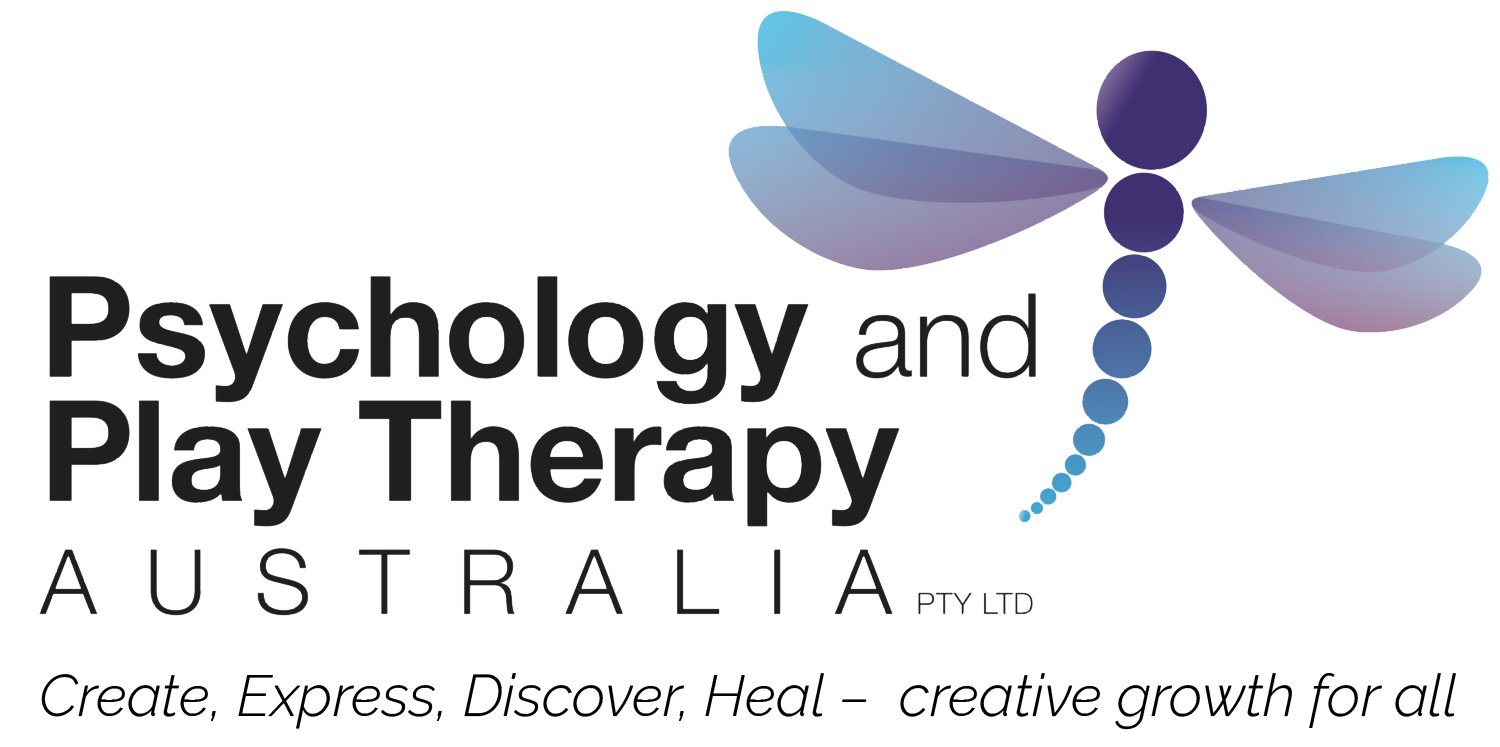In my work as a psychologist and play therapist, I’m often struck by the same truth: children can’t always express their internal world in a way that other adults understand - in words. This is why I love play therapy; it’s designed specifically for children to express themselves in a developmentally appropriate way.
One of the most common things I hear from clinicians is their passion to help give the child a voice. The ability to get curious about the child’s internal world - to understand the ‘why’ behind their actions - is an especially powerful tool that we have as therapists.
I’ve developed three key questions that help guide this process of understanding a child’s internal world. As therapists, we're in a unique position to really understand the child in a different way to what other adults do, and these prompts will help you to see the world through the child’s eyes.
Here are the three questions to answer through the eyes of the child.
1. What do I believe to be true about myself?
How does this child view themselves? For example, do they believe themselves to be funny, good at sport, a kind friend, creative, curious? Or perhaps they believe themselves to be naughty, not good enough, stupid at school. These beliefs shape a child’s identity. This question centres the child’s identity and helps us reconnect with the fact that children are people with emerging identities, which sometimes we forget!
2. What do I believe to be true about others?
How does this child experience relationships with others? Are they safe? Can they trust adults? Can they reach out for help? For example, children who have had inconsistent caregiving may adapt to their experiences by doing most things for themselves and have the need for control. This helps us to understand the patterns of relating.
3. What do I believe to be true about the world?
How do they experience the world? This question often comes up in training when we explore shame and how it impacts a child’s identity. Moving developmentally from an understanding of shame to guilt requires adults in their world to consistently help provide responses that help them understand that difference.
These are my three key questions to distil our understanding as child therapists about what their cognitive worldview is. For it is through these glasses they wear – the lenses of these cognitive world views – that children move through their day and dictates how they respond to things. It enables us to understand their behaviours and responses in all environments.
I encourage you to build your deep knowing of the child to support you in your advocacy, and help to be their voice with the other adults around them.
